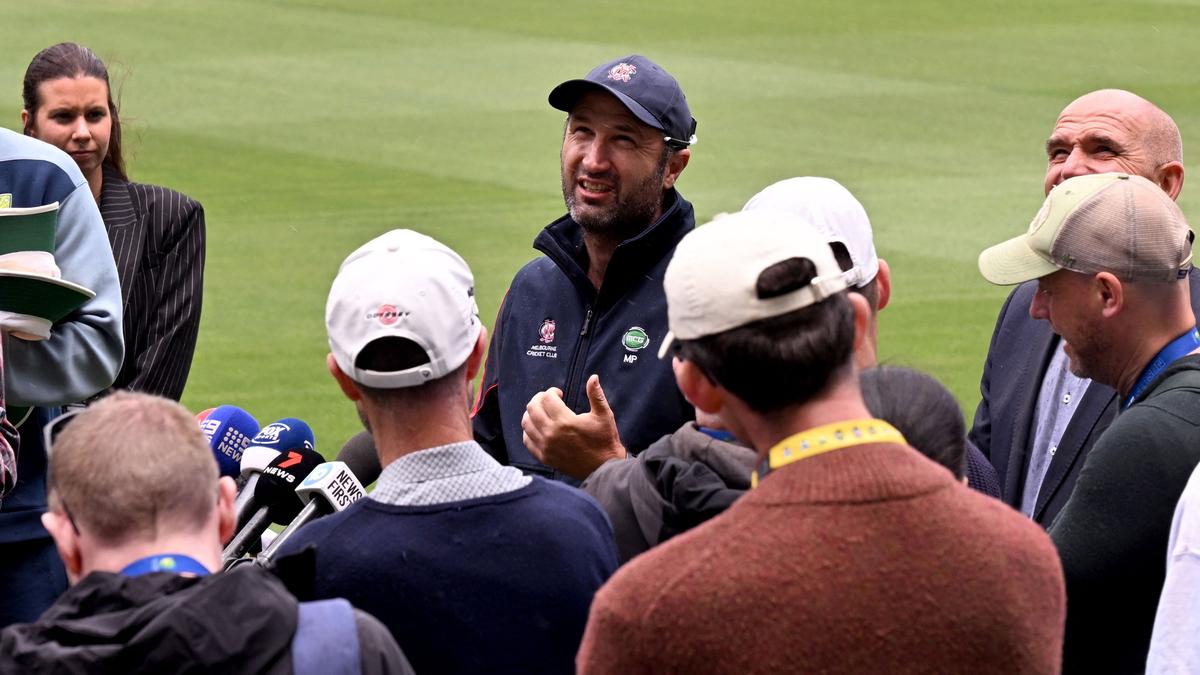Contemporary originalism has two components: a historical component describing the original public meaning/understanding of specific constitutional terms, and a jurisprudential component explaining why the material in the descriptive component has authority over us today.
Suppose we take the first component as an effort to identify the meaning(s) given specific constitutional terms by actual white men in the late 1780s. Jonathan Gienapp shows in “Against Constitutional Originalism: A Historical Critique” that many self-designated originalist inquiries simply can’t identify those meanings. Working in the tradition of Quentin Skinner, Gienapp shows that contemporary originalist inquiries don’t attempt to describe the larger conceptual universe, including the concepts of a constitution and its fixity and law itself, within which the specific constitutional terms are located. But, he shows, those terms took on their public meaning only with reference to that larger universe. And, even more, Gienapp shows that wide disagreement existed about what the larger concepts meant. It would be miraculous, though not I suppose impossible, were the public meanings of specific terms to be widely agreed upon when placed in all the available conceptual universes of larger concepts.
All that is fine, and as someone skeptical of originalism’s claims I’m naturally sympathetic to Gienapp’s critique. There’s another way to understand contemporary originalism, though, which Gienapp addresses but doesn’t fully confront because the self-described originalists who offer it allow him to criticize them by saying things that make it seems as if they were close intellectual relatives of other originalists, which allows Gienapp to subject them to the criticisms he levels at their relatives.
Start with the accurate observation that the actual practice of most originalists isn’t well suited to finding out what actual white men understood constitutional terms to mean, for the reasons Gienapp gives. (I was struck by the extent to which Gienapp uses the word “actual”—properly so—in his exposition.) One might infer from that observation that these originalists aren’t trying to find out what actual white men understood the terms to mean.
What might they be trying to do? Well, flip things around: Let’s say that these originalists are defining “original public meaning/understanding” to be “the material that our methods of inquiry produce.” My personal view is that the Baude-Sachs approach to which Gienapp devotes a chapter is a not terribly well articulated version of this proposition. Gienapp picks up on some of the places where their difficulties in articulation—mostly, attempts to demonstrate their continuing affiliation with traditional originalists—weaken their argument. He also notes that it’s early days for their approach and that maybe they or others will be able to clean it up. But, he also, I think accurately, says that at heart their approach isn’t really originalist in a sense that most self-identified originalists would recognize. (I can’t resist here an observation applicable to characterizing Jack Balkin as an originalist [as well as Baude-Sachs], from an anecdote associated with Abraham Lincoln: Asked, “How many legs does a horse have if you call its tail a leg?,” Lincoln answered, “Four. Calling a tail a leg doesn’t make it one.”)
To return to the proposition that the material turned up through the practices of self-described originalists is definitionally the public meaning/understanding: To the extent that this version is a definition, it’s hard to see what sort of critique could be leveled against it. The real work with respect to this version would have to be done by focusing on the second, jurisprudential component of originalism. My view is that, with respect to the common versions of originalism that Gienapp critiques, the jurisprudential component is a lot of hand-waving. Much of the hand-waving is no more than that; the “this Constitution” claim, which Gienapp refutes, is one as are quite common arguments about obligations flowing from versions of social contract theory and arguments about the superior neutrality or at least weaker subjectivity associated with originalism. For me, the best types of hand-waving are claims that the material has authority because the provisions as understood do a pretty decent job of giving us a well-functioning government and that other ways of trying to come up with such a government are, on net, less good. (I think this is a cleaned up version of an account offered by McGinnis and Rappaport.) But, with Gienapp’s critique in hand, the jurisprudential claim has to be wrong because these originalists haven’t identified what actual people understood the terms to mean and therefore can’t show that what they understood the terms to mean sets up a pretty decent government, etc.
Because the second, definitional, approach to original understanding is different, we’d have to know what the jurisprudential argument is about it. And because that approach isn’t central to contemporary originalism, we don’t have much to go on here. Again my sense is that the jurisprudential claim is or will be a lot of hand-waving, some of which will reproduce the not terribly good hand-waving we see with respect to the first version. The “pretty decent government” claim might survive, though I think a lot of folks will find it empirically unpersuasive.





 English (United States) ·
English (United States) ·